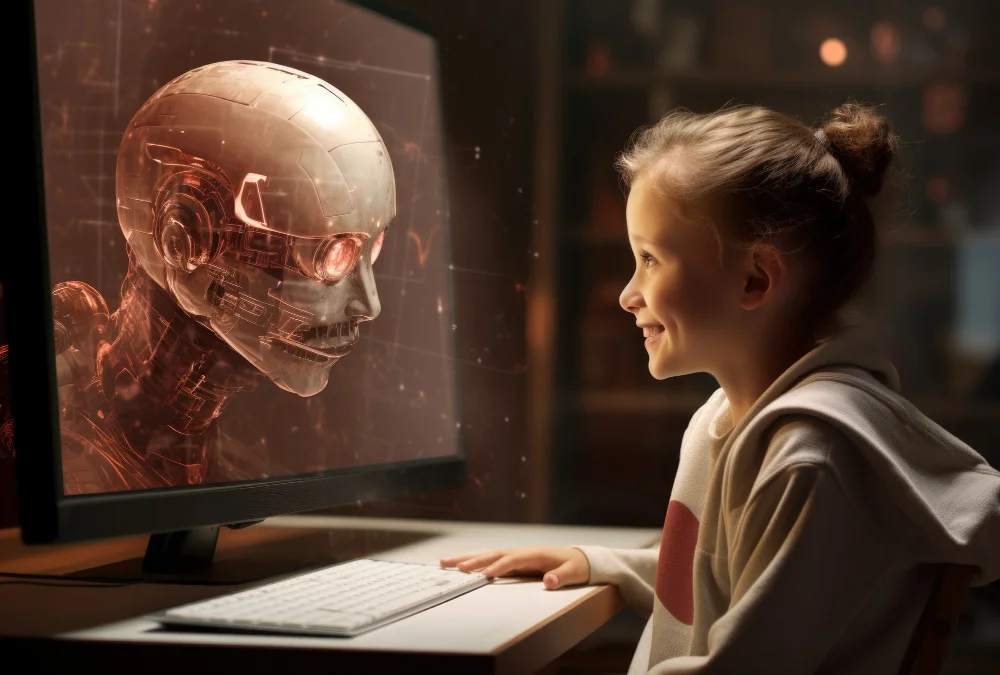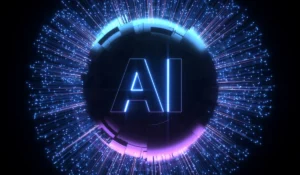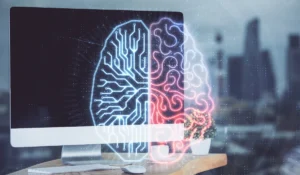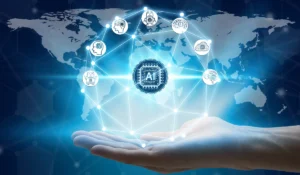Artificial Intelligence (AI) has become an integral part of modern education, offering personalized learning experiences and administrative efficiencies. However, it’s essential to critically examine the cons of AI in education to ensure its responsible and effective implementation.
This article delves into the potential drawbacks of AI in educational settings, highlighting concerns related to data privacy, equity, human interaction, and over-reliance on technology.
Data Privacy and Security Concerns
AI in education relies heavily on collecting and analyzing student data to provide personalized learning experiences. While this can enhance learning, it also raises serious concerns about data privacy. Sensitive information such as grades, behavioral patterns, and even biometric data is stored and processed, making it a potential target for breaches.
Without proper safeguards, unauthorized access can lead to misuse or exposure of students’ personal information.
Transparency about data usage is often limited, leaving students and parents unaware of how their information is being processed. Ensuring robust cybersecurity measures and strict compliance with data protection regulations is essential to maintain trust and protect students’ privacy.
Equity and Access Gaps
The integration of AI in education can unintentionally widen the gap between students who have access to advanced technology and those who do not. Schools in underfunded areas may lack the necessary devices, reliable internet, or technical infrastructure to effectively implement AI tools.
This disparity can prevent some students from fully benefiting from AI-enhanced learning, creating unequal educational opportunities. Additionally, both educators and students need adequate training to use AI platforms effectively, or else the technology remains underutilized.
Key Challenges in Equity and Access
-
Device and Internet Access: Students without proper devices or stable internet cannot engage with AI learning tools effectively.
-
Infrastructure Disparities: Schools with limited budgets struggle to afford AI software, hardware upgrades, and technical support.
-
Digital Literacy: Lack of training for teachers and students can hinder proper usage of AI systems.
-
Resource Allocation: AI implementation may prioritize schools with more resources, leaving disadvantaged students behind.
Reduced Human Interaction and Empathy
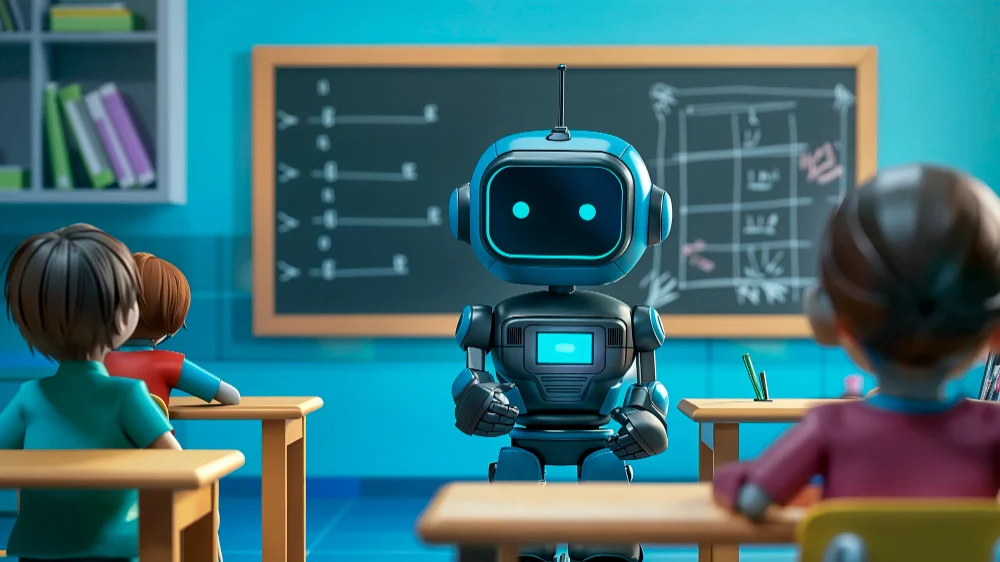
While AI can efficiently handle grading, assignments, and personalized content recommendations, it cannot understand and respond to human emotions. Teachers play a crucial role in recognizing when students are frustrated, confused, or disengaged, and they can adapt their teaching methods accordingly.
AI systems, however, are limited to data-driven insights and cannot offer the empathy or emotional support that students often need to thrive academically and socially. Over-reliance on AI can also create an impersonal learning environment. Students may feel isolated or disconnected without meaningful interaction with educators and peers.
The teacher-student relationship is vital for building trust, motivation, and communication skills, aspects that AI cannot replicate. To ensure effective learning, schools must balance the use of AI tools with human engagement, keeping emotional intelligence and social development at the forefront.
Over-Reliance on Technology
Dependence on AI in education can have unintended negative consequences for student development. While AI offers quick solutions and personalized guidance, overusing it may discourage independent problem-solving and critical thinking.
Students may start relying too heavily on AI-generated answers instead of developing their own analytical skills. Furthermore, the structured and formulaic nature of AI solutions can limit creativity, preventing learners from exploring innovative approaches to challenges.
Challenges of Over-Reliance on AI
-
Erosion of Critical Thinking Skills: Constant reliance on AI for answers may reduce students’ ability to think independently.
-
Decreased Creativity: Structured AI solutions can restrict opportunities for original thought and creative problem-solving.
-
Academic Integrity Issues: Easy access to AI-generated work increases the risk of plagiarism and compromises authenticity.
-
Reduced Engagement: Overuse of AI tools can make learning passive rather than interactive, impacting student motivation.
Job Displacement and Teacher Roles in Artificial Intelligence in Education
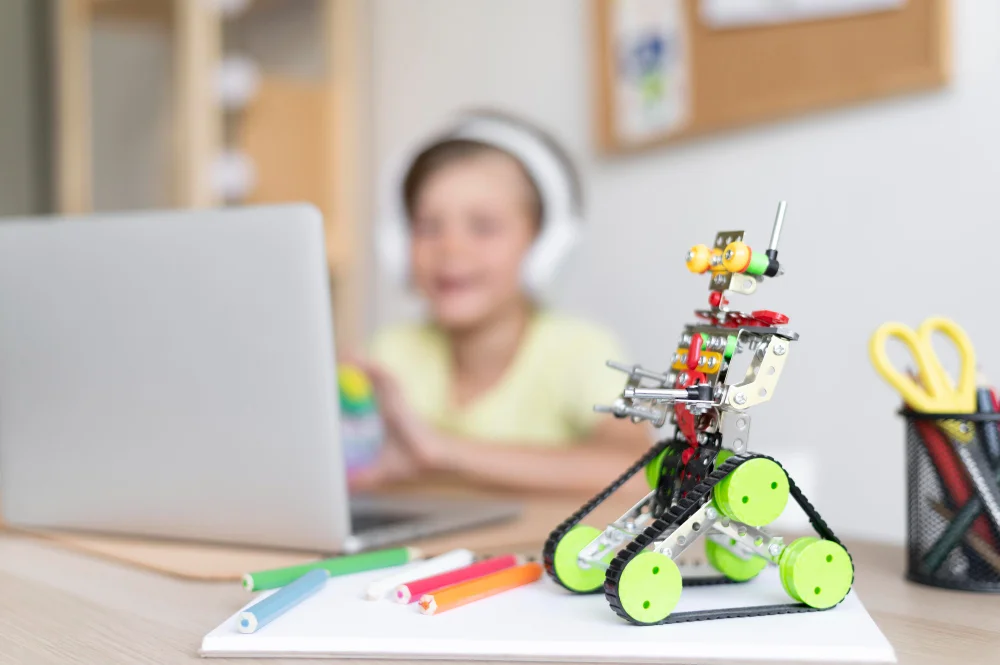
The rise of AI in education has led to the automation of many administrative tasks, such as grading, scheduling, and record-keeping. This shift raises concerns about job security for administrative staff and may reduce the demand for certain traditional roles within schools.
Educators are now required to adapt to changing responsibilities, focusing more on facilitating learning rather than performing routine administrative duties. To ensure a smooth transition, continuous professional development is essential.
Teachers need training to effectively integrate AI tools into their classrooms and to leverage technology in ways that enhance learning. Schools must provide support systems to help educators embrace these changes without compromising educational quality or student engagement.
Bias and Inequality in AI Systems
AI systems in education rely on large datasets to make decisions, but these datasets often contain historical or societal biases. As a result, AI can unintentionally reinforce existing inequalities, producing unfair outcomes for certain student groups.
Without careful oversight, these biases can affect critical areas like grading, admissions, and resource distribution, making it essential to address fairness and accountability in AI deployment.
Algorithmic Bias in Artificial Intelligence in Education
AI tools in education rely on historical data to make predictions and recommendations. If this data reflects societal prejudices or historical inequalities, the AI can unintentionally replicate those biases. For example, a system trained on past performance data may favor certain groups of students over others, leading to unequal opportunities and outcomes.
Discriminatory Practices
Biased AI systems can directly impact student experiences by influencing grading, admissions, and access to resources. For instance, students from marginalized backgrounds may receive lower evaluations or fewer opportunities due to systemic biases embedded in the AI.
Addressing these discriminatory practices requires proactive measures to ensure fairness and inclusivity in AI-driven decisions.
Lack of Accountability in Artificial Intelligence in Education

When AI systems make decisions, it can be challenging to determine who is responsible for any errors or unfair outcomes. This lack of accountability is especially problematic in education, where decisions can significantly affect a student’s academic trajectory.
Fairness Measures
To prevent bias and inequality, educational institutions must implement fairness measures. Regular audits, bias detection protocols, and continuous updates to training data can help ensure that AI systems provide equitable treatment for all students. These measures promote trust in AI while safeguarding educational integrity.
Technical Challenges and Reliability in Artificial Intelligence in Education
AI systems, while powerful, are not immune to technical issues that can interrupt the learning process. System downtime caused by technical failures, software glitches, or cyberattacks can prevent students from accessing essential learning tools, creating disruptions in education.
Additionally, maintaining these Artificial Intelligence in Education systems requires regular updates and repairs, which can be costly for schools with limited budgets. Another significant challenge is adaptability, as some AI platforms may struggle to accommodate changes in curricula, teaching methods, or student needs, limiting their overall effectiveness.
To address these issues, educational institutions must invest in reliable infrastructure, continuous technical support, and adaptable AI solutions that can evolve alongside educational requirements.
Ethical Considerations and Accountability
AI systems, while powerful, are not immune to technical issues that can disrupt the learning process. System failures, software glitches, or cyberattacks can prevent students from accessing learning tools, and maintaining these systems requires regular updates, which can be costly.
Additionally, some AI platforms may struggle to adapt to changes in curricula, teaching styles, or student needs, limiting their effectiveness. To overcome these challenges, schools must invest in reliable infrastructure, ongoing technical support, and adaptable AI solutions.
Key Technical Challenges
-
System Downtime: Failures or cyberattacks can make AI tools temporarily inaccessible.
-
Maintenance Costs: Regular updates and repairs can strain school budgets.
-
Adaptability Issues: AI systems may not easily adjust to new curricula or teaching methods.
-
Infrastructure Requirements: Reliable hardware and software support are essential for smooth operation.
Conclusion: The Role of Artificial Intelligence in Education
Artificial Intelligence has the potential to transform education by offering personalized learning, efficient administrative support, and data-driven insights. However, it also comes with significant drawbacks that cannot be overlooked.
Issues such as data privacy concerns, equity gaps, reduced human interaction, and over-reliance on technology highlight the need for cautious and thoughtful implementation of Artificial Intelligence in Education. Schools must balance AI integration with human-centered teaching to ensure students benefit holistically.
Moreover, challenges like job displacement, algorithmic bias, technical reliability, and ethical considerations emphasize that AI is not a perfect solution. Educational institutions must invest in teacher training, robust infrastructure, and fairness measures to mitigate these risks. For tools that support AI-assisted learning, check out this Tome AI app to explore practical applications in educational settings.

